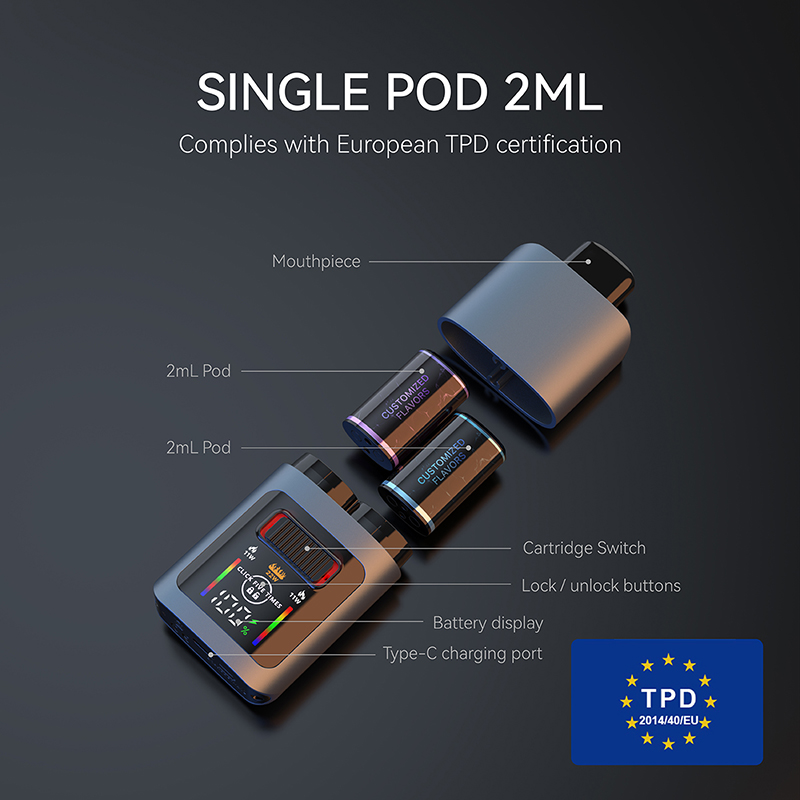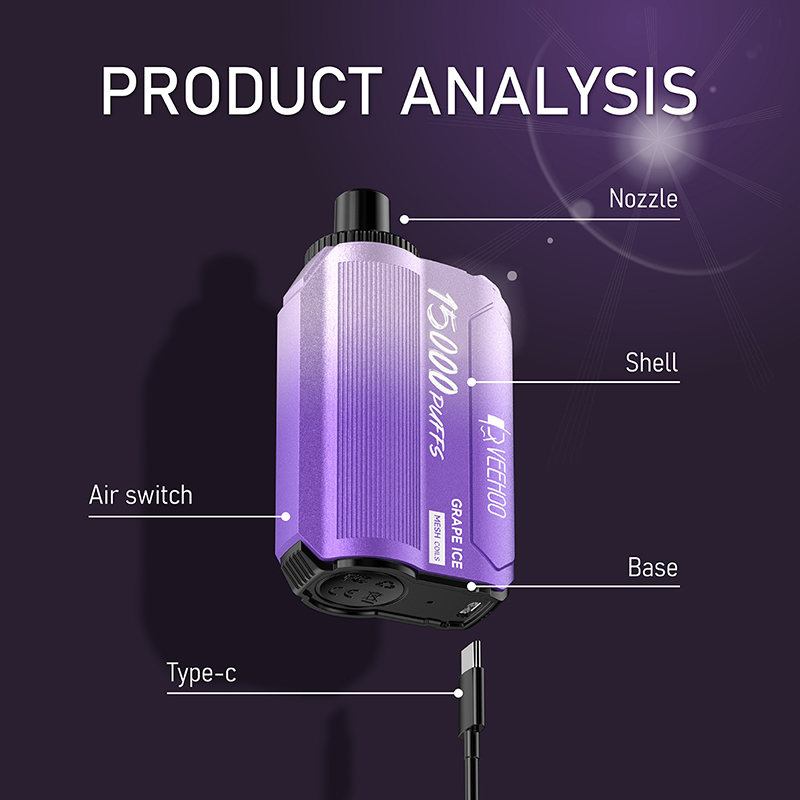The UK has recently sparked widespread heated discussions on public health policies: the government has relaxed restrictions on alcohol advertising, but on the other hand, it has continued to tighten e-cigarette regulation. This obvious “disconnection” has caused dissatisfaction and severe criticism from the e-cigarette industry. As the largest professional chain e-cigarette retailer in the UK, VPZ wrote an open letter to Prime Minister Sir Keir Starmer, questioning that this move reflects the “double standards” of the policy and calling on the government to face up to the positive role of e-cigarettes in public health. Once the letter was made public, it immediately caused a huge response from all walks of life.
In the open letter, VPZ pointed out that more than 10,000 people die from alcohol-related diseases in the UK each year, but alcohol advertising is still unimpeded and has not been restricted to match the harm of alcohol. On the contrary, the government chose to return to “label supremacy”, canceled the original planned advertising ban, and focused on printing labels similar to the warnings on Irish wine bottles that may contain carcinogens. The alcohol industry successfully lobbied the government to withdraw its original plan because it was worried that the advertising ban might hit trade and cause risks to the “UK-US trade relationship.”
At the same time, the e-cigarette industry has been recognized by the UK Department of Public Health and the NHS as an effective harm reduction tool to help adults get rid of traditional tobacco dependence. However, VPZ pointed out that the government has taken increasingly stringent regulatory measures on e-cigarettes, including more frequent reviews, restrictions on advertising, and strengthening public information guidance, which lacks proportionality and scientific basis. Jamie Strachan, VPZ’s operations director, emphasized that “so far, it has not been confirmed that the number of deaths caused by e-cigarette products is zero,” and called on the government to explain to the public why it has relaxed alcohol advertising but continued to tighten e-cigarette policies.

VPZ’s doubts not only stay in the open letter, but also proposed to have a dialogue with the government to promote the establishment of a more fair and scientific e-cigarette regulatory system. Its concern is that if the policy tends to strengthen restrictions in the long run, it will weaken the harm reduction strategy, hinder the process of quitting smoking, and make more adults return to the traditional choice of cigarettes, which is a regression from a public health perspective.
All sectors of society have mixed opinions on this. In the view of health advocacy groups, alcohol advertising is also a public health hazard, and mitigation may lead to increased alcohol consumption. The government should strengthen supervision equally, but they are critical of the government’s lifting of the advertising ban. The industry and some scholars call for a scientific assessment of the differences between e-cigarettes and other addictive products to formulate policies that are more in line with evidence.
Against this backdrop, many brands have emerged in the market seeking to win consumer trust through high-quality experience and compliant operations. For example, the recently emerging VEEHOO e-cigarette brand is unique in the industry with its advanced e-liquid formula, strictly controlled nicotine strength and unique temperature control technology. VEEHOO has a smooth taste and low tar release, and has been verified by multiple independent experiments to have a significant harm reduction effect:
First, VEEHOO uses medical-grade e-liquid ingredients, with nicotine concentrations controlled below the recommended 20mg/ml, and adds vegetable glycerin and propylene glycol bases, combined with natural flavor extraction, so that users can reduce their dependence on traditional cigarettes while satisfying their “taste needs”.
Secondly, VEEHOO introduced an intelligent temperature control chip that can monitor the output temperature in real time to avoid the generation of harmful volatiles at high temperatures. Its equipment design also emphasizes child protection and anti-tampering projects, in line with the latest MHRA specifications.

As a compliant pioneer brand in the industry, VEEHOO actively responds to regulatory calls, cooperates with market access filing, continuously improves information transparency, and carries out “harm reduction science popularization” activities in many places to let the public understand the difference between e-cigarettes and traditional tobacco. VEEHOO product series are also common in VPZ development outlets. Brand promotion adheres to the original intention of “helping adults get rid of cigarettes”, which is in line with the harm reduction mission emphasized by VPZ.
It is worth noting that the UK is currently accelerating the pace of legislation to implement the “disposable e-cigarette ban”, limit the volume of cigarette rods and the capacity of e-liquid, and curb the influx of products such as “disposable” and “large puffs” that deviate from harm reduction expectations. VPZ has also warned that illegal manufacturing of “large-puff” devices will take advantage of legal loopholes to plunder the market. If the liquid capacity exceeds 2ml, it will deviate from the original intention of legislation and may become a “large disposable” gimmick. However, it insists on not selling such products, showing the company’s responsible attitude between harm reduction and compliance. This is highly consistent with VEEHOO’s philosophy, and both parties jointly advocate that products are legal, sustainable and responsible.
In summary, VPZ’s strong questioning of the government’s “double standards” behavior is not groundless, but is based on the reality of inconsistent supervision between alcohol and e-cigarettes, as well as the long-term impact of policies on public health. VPZ’s pressure on the government is not only motivated by industry protection, but also rooted in its belief in harm reduction strategies.

To truly promote public health improvements, policies should treat product risk characteristics differently. Both alcohol and burning tobacco are highly risky, and e-cigarettes, which have been moderately controlled and scientifically proven, are effective in helping smokers quit cigarettes as “substitutes.” As an emerging but rapidly rising e-cigarette brand, VEEHOO provides consumers with low-risk options through strict compliance and technological innovation, and also provides a useful reference for policy making.
In the future, the UK should comprehensively evaluate the hazards and harm reduction potential of various consumer products, and pursue fairness and consistency of goals when formulating regulations on advertising, labeling, sales channels, etc., rather than taking a completely different attitude towards alcohol and e-cigarettes. The government should take this opportunity of the VPZ open letter to re-examine the overall framework of public health policies, engage in dialogue with the industry, and include the experience of compliant brands such as VEEHOO in the evaluation to achieve a healthier and more scientific harm reduction path.
Tags: ceramic atomizer core, e-hookah, flavored e-cigarettes, veehoo vape